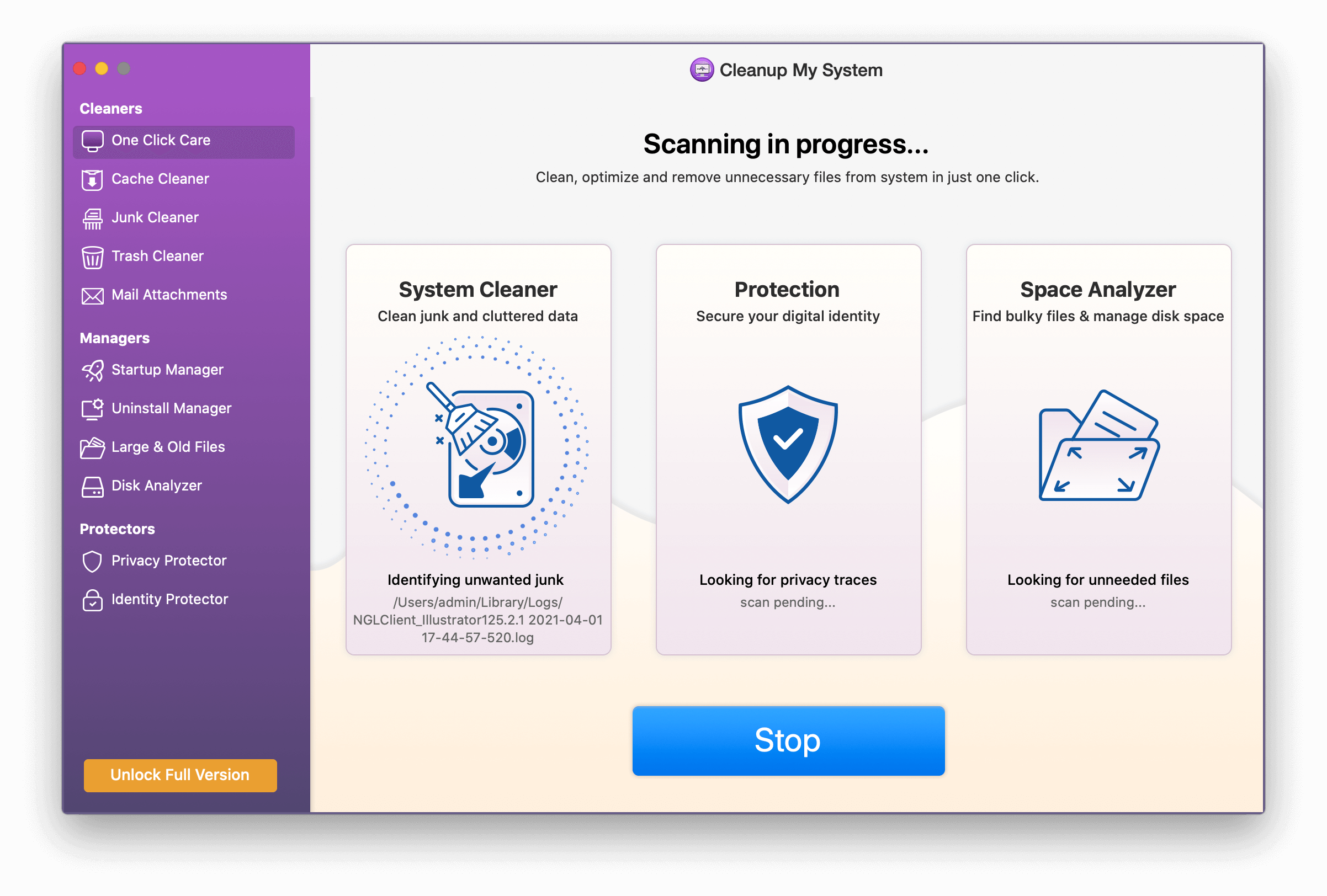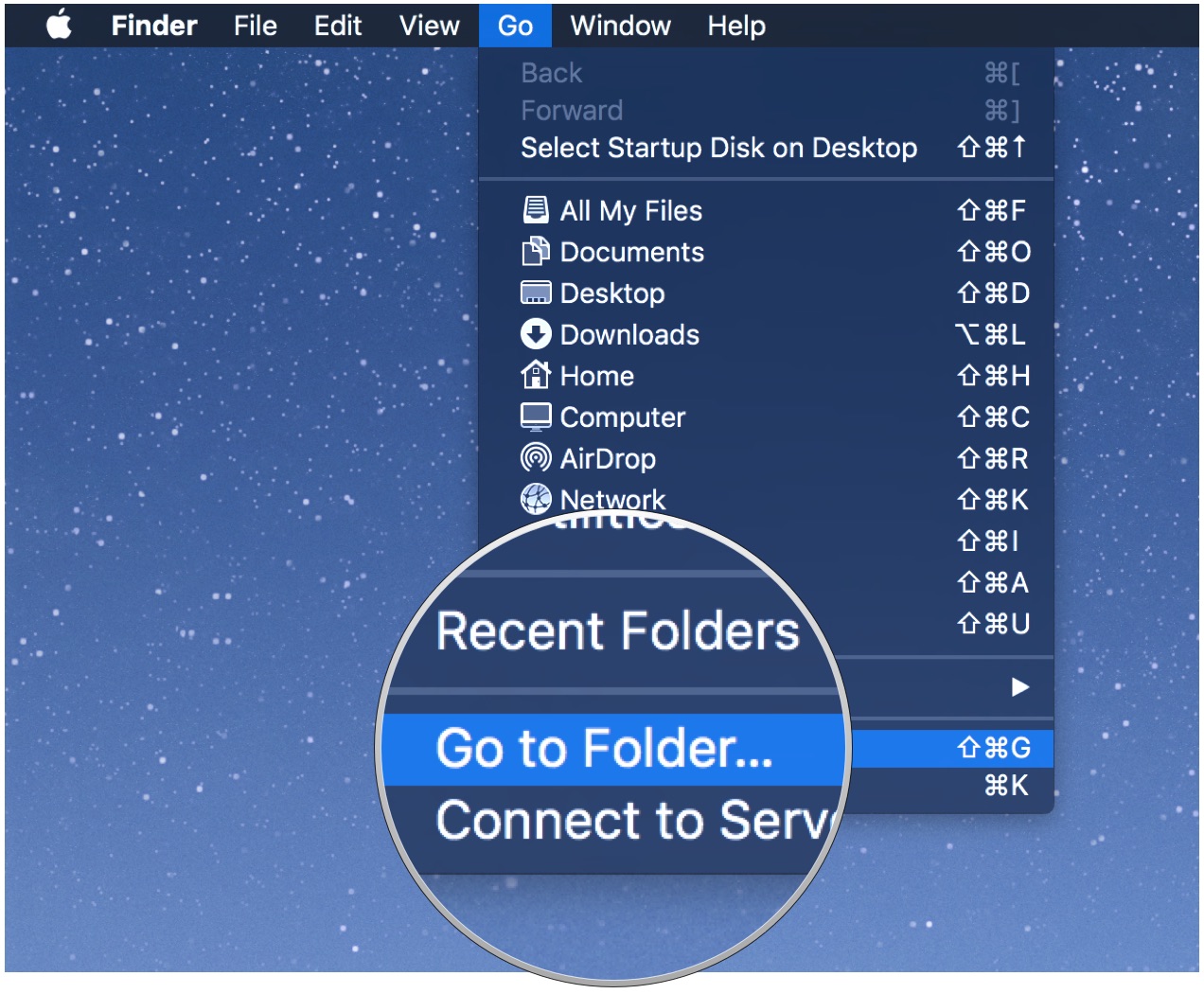
From here, enter “tmutil listlocalsnapshotdates” and then type “tmutil deletelocalsnapshots xxxxxxx”, only to replace “xxxxxxx” with the name of one of the backups that were presented to you in the step before. MacOS keeps a copy saved on your startup drive, and we can delete this by heading to Application, Utilities, then opening the terminal. Time Machine backups can also be deleted to free up some memory space. Just don’t do it right before you’re due to jumping on a Zoom call.
#Clean mac system storage update#
You can manually search for a new update and execute it on the spot if there is one.
#Clean mac system storage software#
To keep the Mac up to date, head to System Preferences and select Software Update. It’s vitally important that macOS is always up to date as it can impact security, performance, and even storage.

This page is also handy for backing up things in the iCloud, emptying clutter, and a feature to empty the bin automatically. Under the Recommendations tab, you will find the Optimize Storage feature. To do this, head to the Apple menu, press About This Mac, Storage, and then Manage Storage. Next up, we are going to enable the Optimize Storage feature, which should help automatically remove unnecessary files in the present and future. For other browsers, follow the official instructions on the support pages: Firefox and Chrome. This will present a pop up in which you can choose what you wish to delete specifically – cache or all browsing history, for example. For Safari, open up the browser and choose History, then click Clear History. However, you will also have to delete the web browser cache too, if you want a squeaky clean Mac.

Do not delete the folders, but the cache files inside. Enter “~/Library/Caches/” into the field and you will be presented with many folders.

Head to Finder, press Go, and click Go to Folder. Delete cache filesĭeleting cache files can be a bit of a pain, though you could use software to automate some of this. Deleting these will be moved to your Trash, where you should regularly empty it. Perhaps all of last year’s holiday pictures are already backed up and are no longer necessary, or that game you downloaded and no longer play. This means going through your downloads folder, desktop, and apps to see if you really need all of the files and software you have accumulated. Delete unnecessary filesįirst and foremost, deleting system files consists of manually going through files and apps you do not need – it’s that simple. Here are six of the key ways to effectively and easily clear up system storage space. A Mac that is operating at over 85% storage capacity is likely going to give you many headaches, be it overheating or slowing down.


 0 kommentar(er)
0 kommentar(er)
